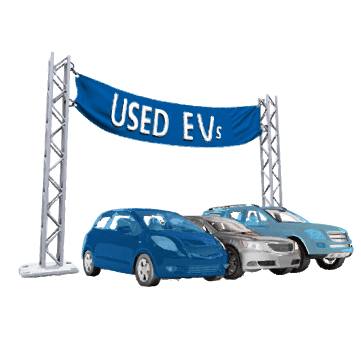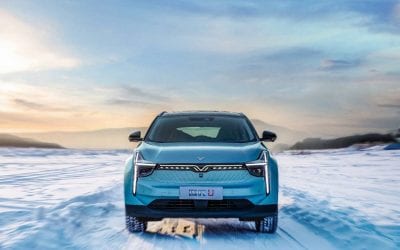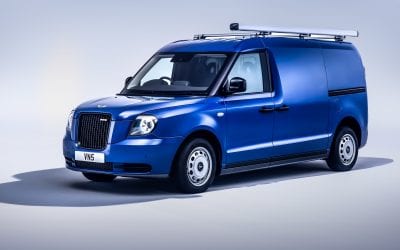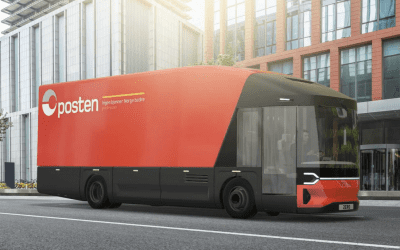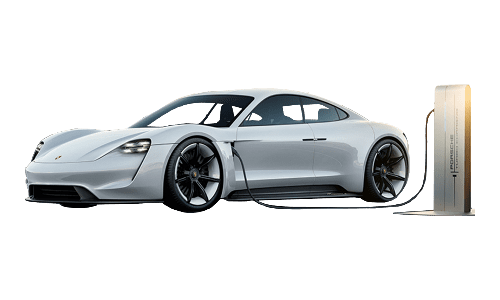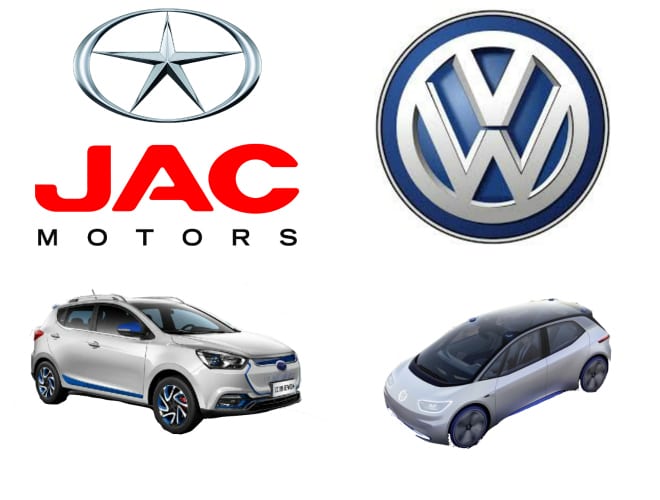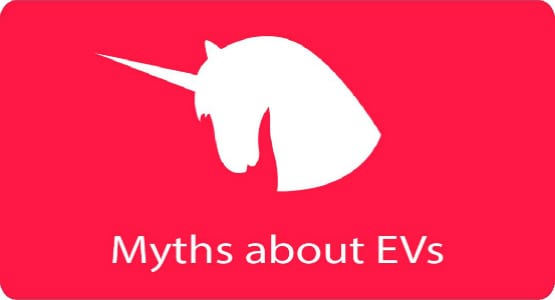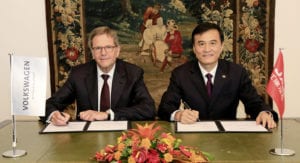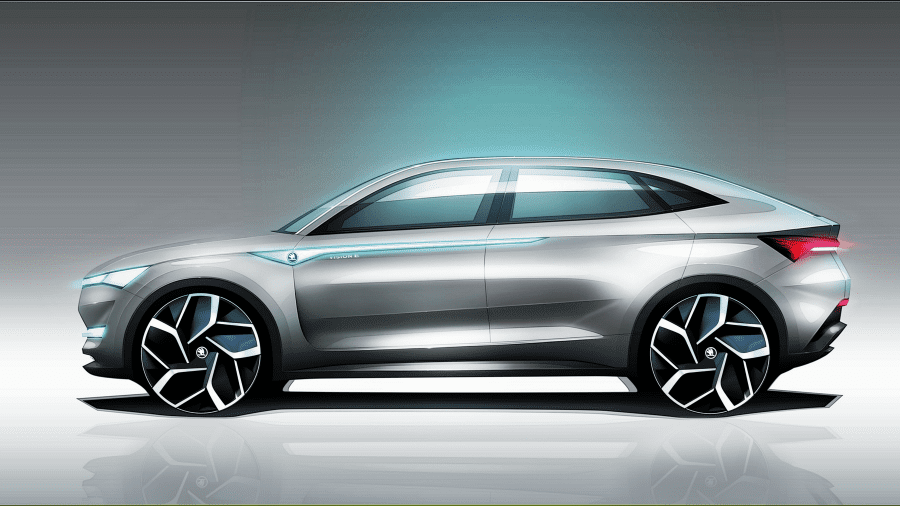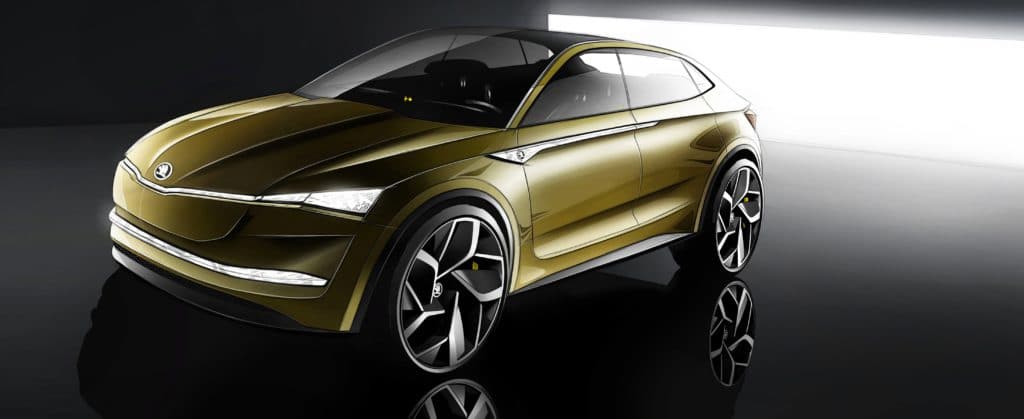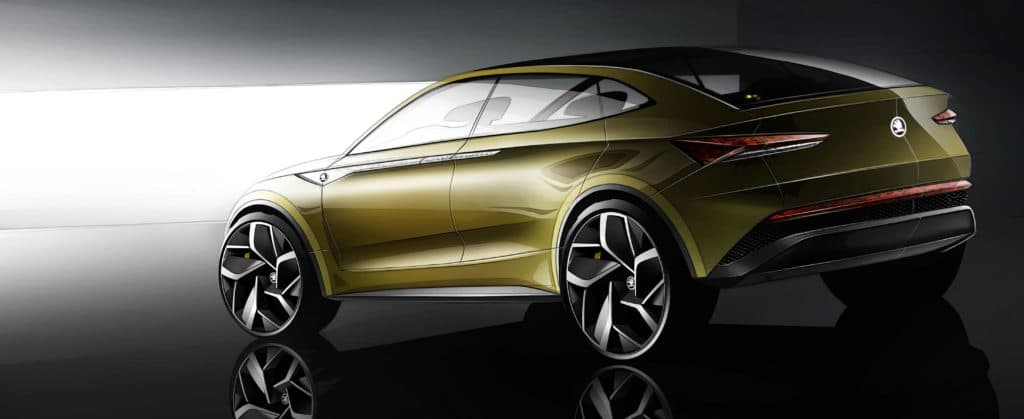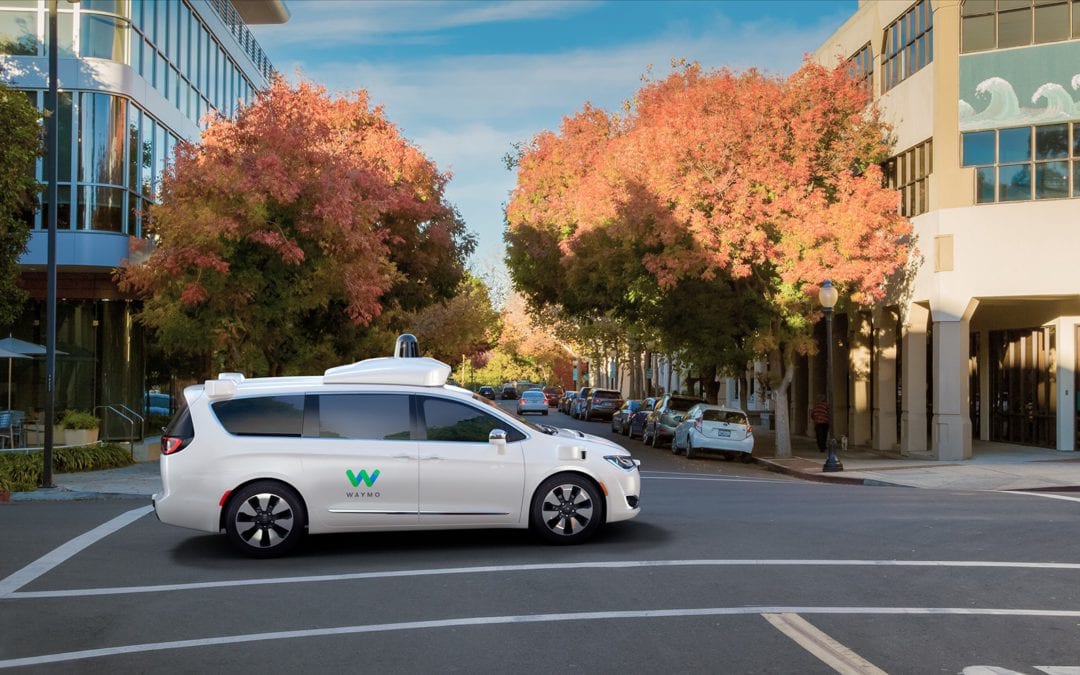Top 5 EV News Week 29 2020: Two worlds – Chinese EV investor hardship vs USA EV Investor frenzy. Nissan Ariya, Workhorse C1000 and Buick Velite 7.
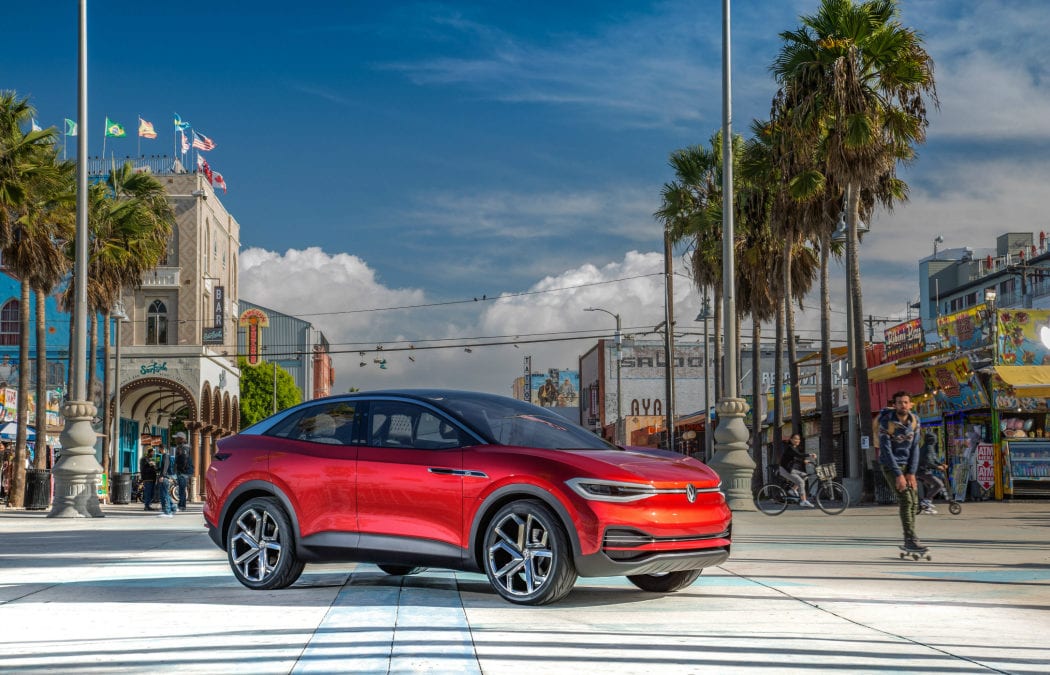
See the VW I.D. Crozz at the LA Auto Show 2017
SEE THE VW I.D. CROZZ IN LA – DUE 2020 IN USA
VW USA UNVEILS THE I.D. CROZZ AT THE LOS ANGELES AUTO SHOW
Today VW launched the I.D. Crozz Concept EV at the Los Angeles Auto Show. The German automaker aims to be the global leader in electric mobility with the release of 15 different VW EVs globally by 2025.
The I.D. Crozz is an all-electric compact SUV, first unveiled in April at the Shanghai Auto Show, sized similarly to the 2018 Tiguan in a four-door coupe shape, with the interior space of a mid-size SUV. According to President and CEO of Volkswagen Group of America, Hinrich J. Woebcken “The I.D. CROZZ-based electric vehicle will be an affordable and stylish electric SUV—and there is more to come!”. The I.D. Crozz will precede the VW I.D. Buzz which is expected in 2022.
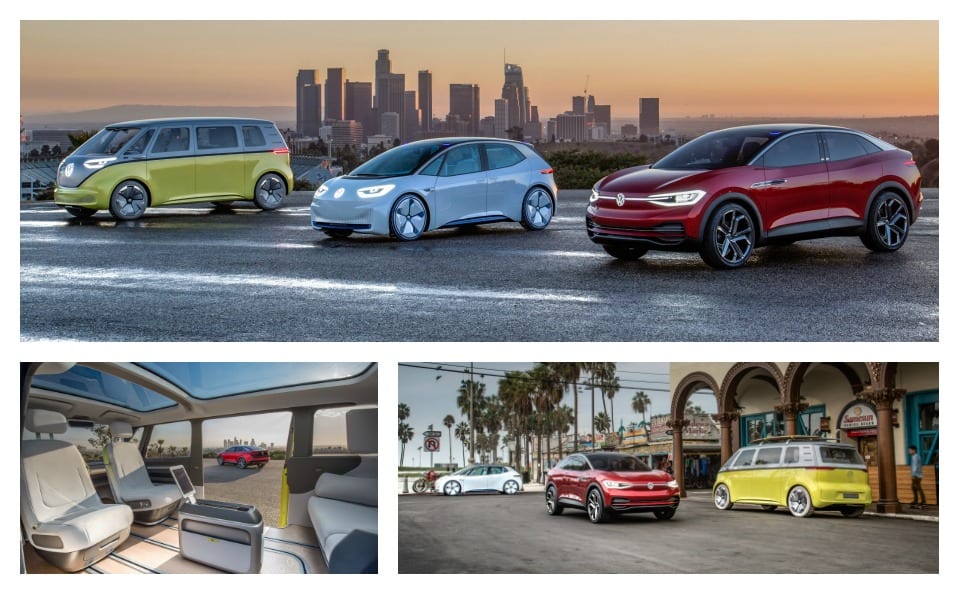
I.D. Crozz Drivetrain
The 300 miles (480km) I.D.CROZZ is equipped with an 83-kWh lithium-ion battery and two electric motors, one on each axle. The 4MOTION enabled drivetrain provides a combined power of 302hp and uses the rear motor with 201hp as the primary driving force and the front motor with 101 horsepower automatically engage when needed for traction, or it can be switched on for off-road use or snowy conditions.
All Volkswagen I.D. vehicles I.D. CROZZ can recharge 80 percent of its energy in 30 minutes via a 150 kWh DC fast charger.
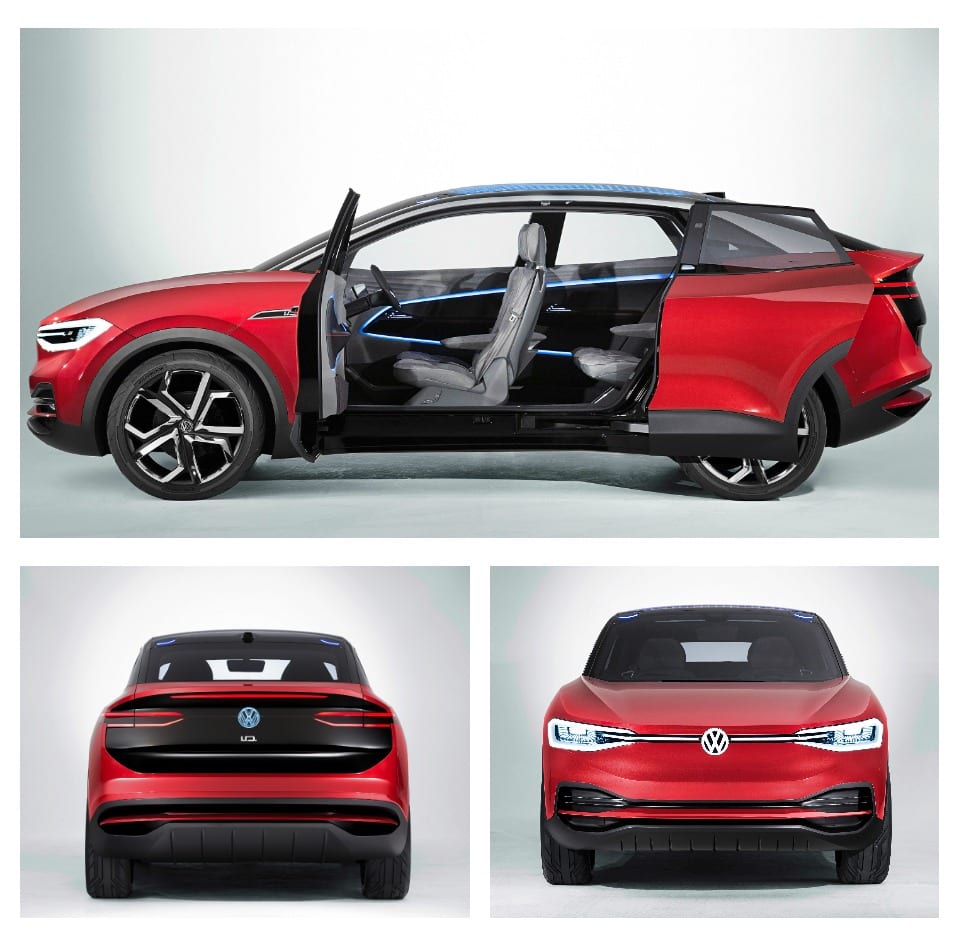
I.D. Crozz Style and Design
The I.D. Crozz engages with its occupants by greeting its driver and passengers with a 360-degree light show. When the electric doors are opened, the sensor fields pulsate.
The front doors of the I.D. Crozz open to an unusually wide 90 degrees. The rear doors open via a sliding action allowing the owner to carry a bicycle sideways behind the front seats. The rear seats offer legroom that’s comparable to a luxury car’s and fold up when needed for storage.
The interior of the I.D. CROZZ uses an “Open Space” design concept to create an airy, flexible cabin with lounge-like amenities, from the Alcantara-covered quilted seating surfaces to the motion-controlled virtual light shade—a feature of the panoramic glass roof that uses LED strips to illuminate the interior.
The I.D. CROZZ is controlled with the electrically adjustable and retractable multifunction steering wheel, an Active Info Display, an electronic rear-view mirror (e-Mirror), an augmented reality heads-up display and digital door panels. Features in the I.D. Crozz is operated by voice and gesture control, touch displays or capacitive button fields. The middle of the instrument panel features a 10.2-inch touch tablet that handles infotainment, HVAC, and communications functions.
With the help of “Smart Lights,” the driver gets visual cues in the form of interactive light signals in navigation and potentially hazardous situations. For example, if the vehicle detects a pedestrian on the right side of the car the Smart Light flashes a red signal from this direction.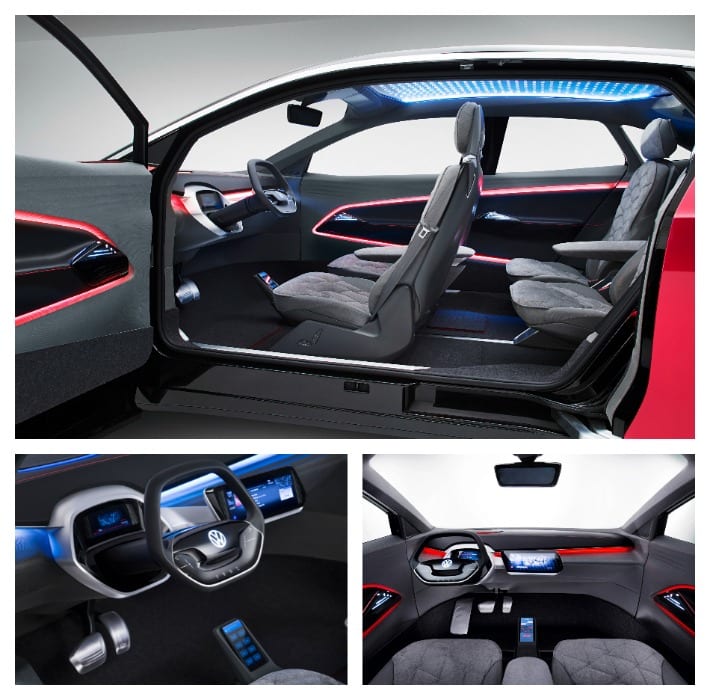
VW Self-driving system
The I.D. Crozz concept features Volkswagens self-driving system, the I.D. Pilot, but vehicle owners will have to wait to experience the I.D.Pilot which will only be deployed from 2025. The voice-controlled I.D. Pilot uses four laser scanners that pop up from the roof, as well as ultrasonic and radar sensors, side area view cameras and a front camera. The ambient lighting in the I.D. CROZZ is light blue, while in automated I.D. Pilot mode the lighting switches to red.
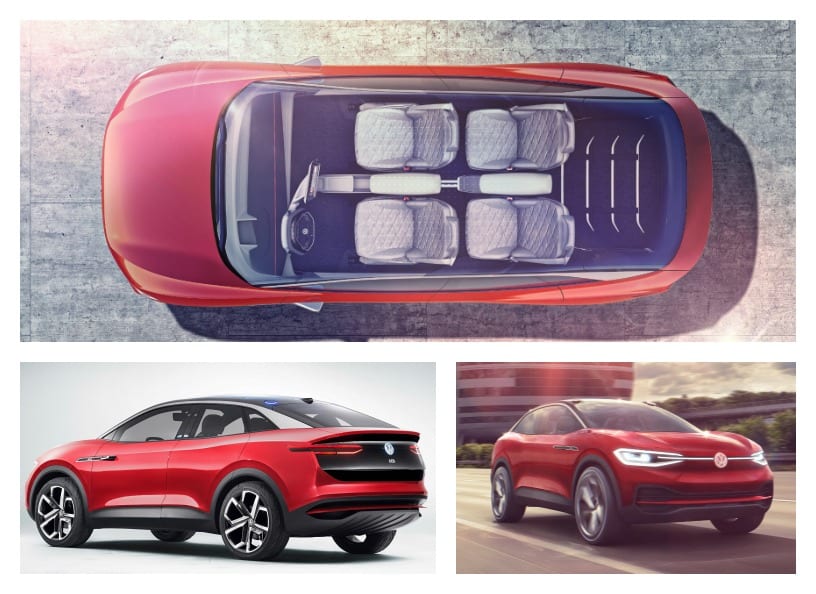
VW ID CROZZ SPEC SHEET
SAVE AND SHARE THE VW ID CROZZ SPECS
Top 5 EV News Week 29 2020
Top 5 EV News Week 28 2020
Top 5 EV News Week 28 2020: It has been a busy week in the EV market. I look at nine new models from this week.
Top 5 EV News Week 27 2020
In this week’s Top 5 EV news | BYD launch Tang in Europe | Volta Electric Truck pilot | Byton bites the dust

